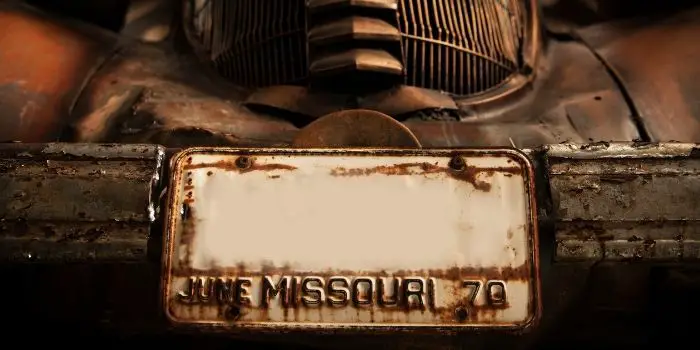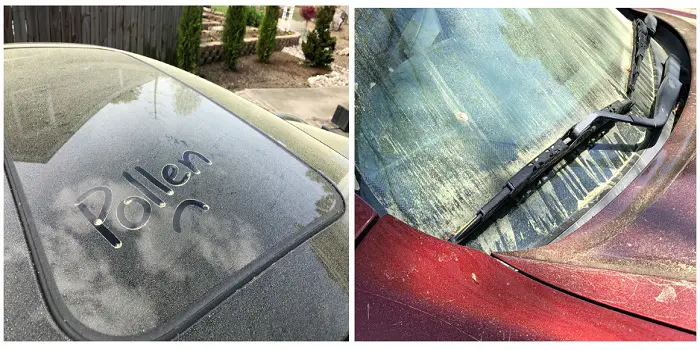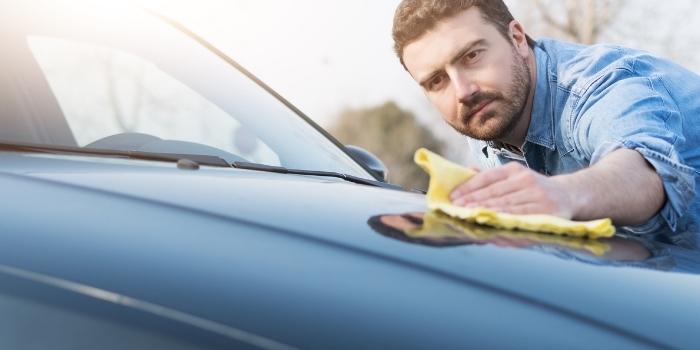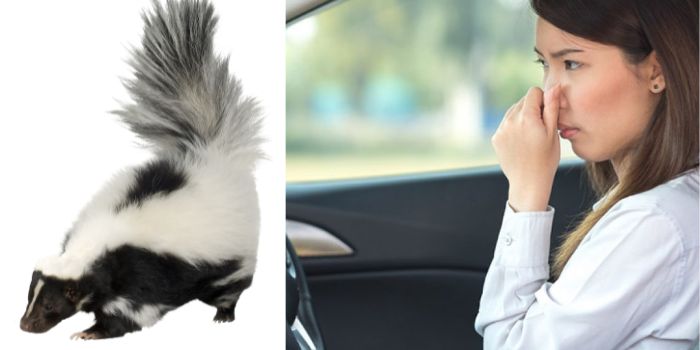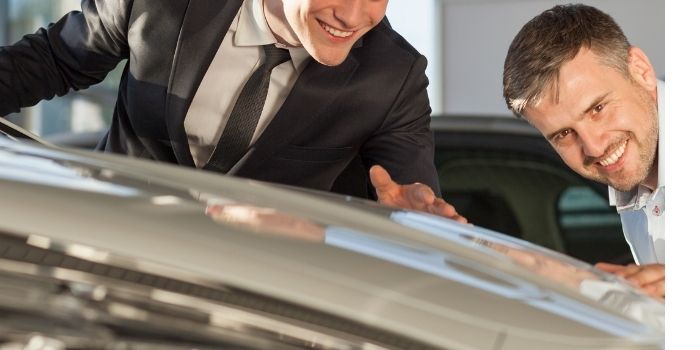
Let’s be real—choosing a car paint isn’t just about picking a color you like.
It’s about personality, style, and yes, a little chemistry. Whether you want your car to turn heads at a traffic light or just survive another monsoon in style, the finish you pick matters.
Today, we’re diving into the two superstar finishes on the market: metallic and pearlescent.
I’ll break them down in plain English (with some technical insights because we’re fancy like that) and help you decide which suits your car—and your lifestyle—best.
Metallic vs Pearlescent
| Metallic Paint | Pearlescent Paint | |
| Material used: | Small flakes of aluminum | Small flakes of mica that resembles the sheen of natural pearls |
| Applications: | Usually sports-inspired cars | Usually luxury family cars and sedans |
| Light Reception: | Light is reflected which gives a metallic finish | Light passes through and is refracted evenly to give different shades |
| Average Cost: | Between $250 and $500 | Usually, 30% to 50% more and can go as high as $3500 to $5000 depending on the car |
What is Metallic Paint?
If your car could sparkle, metallic paint would be its glittery sidekick.
Metallic paint contains tiny metal flakes—usually aluminum—that reflect light and give your car that “I shine, but I’m classy” vibe.
Think of metallic paint like a highlighter on your car’s curves: it makes the edges pop and can even hide minor scratches.
For busy owners who want their car to look sharp without spending hours on detailing, metallic is like the unsung hero of paint finishes.
Quick tip: Metallic is perfect for sporty cars, sedans, or anything you want to make look dynamic in sunlight.
What is Pearlescent Paint?
Pearlescent paint, often just called “pearl” paint, is a bit of a magician.
Instead of just reflecting light, it refracts light through mica or ceramic crystals, creating subtle color shifts that seem to change as you move around your car.
Imagine driving down the street and seeing your car go from soft lavender to creamy white depending on the sun’s angle—that’s the pearlescent effect.
It’s luxurious, premium, and yes, a bit indulgent. But let’s be honest—if you like showing off that wow-factor without overdoing it, pearlescent paint can make your car a masterpiece.
Quick tip: Pearlescent finishes are a favorite for luxury sedans, coupes, and high-end SUVs.
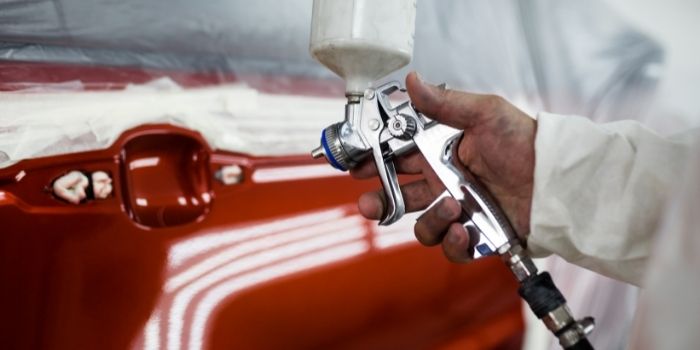
Metallic vs. Pearlescent Car Paint Difference
Let’s break it down for car owners who like to know why things shine.
1. Composition and Materials
- Metallic: Simple chemistry—tiny metal flakes in a basecoat.
- Pearlescent: Layers of mica or ceramic crystals, often with a clear coat to seal and protect.
Why it matters: Pearlescent is more complex, meaning repairs and touch-ups are trickier. Metallic is more forgiving.
2. Appearance and Visual Effects
- Metallic: Sparkles uniformly; highlights curves beautifully. Perfect if you want a sporty, aggressive look.
- Pearlescent: Iridescent, subtle, ever-changing. It’s like your car has a personality that shifts with light.
Pro tip: If your car spends a lot of time under streetlights or in shaded parking, pearlescent can look magical, but metallic will still pop in any lighting.
3. Cost Factors
- Metallic: Usually budget-friendly; easier to produce.
- Pearlescent: Pricier due to multiple layers and precise application.
Reality check: Expect to pay 20–40% more for pearlescent, but you’re paying for that head-turning, subtle-shift luxury effect.
4. Maintenance Requirements
- Metallic: Low maintenance. Minor scratches blend in thanks to reflective flakes.
- Pearlescent: Needs extra TLC. Wash gently, avoid harsh chemicals, and keep polishing professional-grade to maintain the color-shifting effect.
Tip for owners: If you love weekend car washes and detailing yourself, metallic is forgiving. Pearlescent? You may need a professional touch now and then.
5. Application Techniques
- Metallic: Can be sprayed in a single or double layer; DIY touch-ups are possible.
- Pearlescent: Requires layered application with a protective clear coat. Even slight errors can create streaks or uneven color.
Lesson: Pearlescent isn’t the friendliest for home painters. Metallic is more forgiving if you like tinkering.
6. Durability and Longevity
- Metallic: Long-lasting, resilient; reflective flakes hide minor imperfections.
- Pearlescent: Durable but sensitive to UV exposure and harsh chemicals. The shimmer can dull if neglected.
Takeaway for car owners: Both paints can last for years with proper care, but metallic is easier to keep looking fresh.
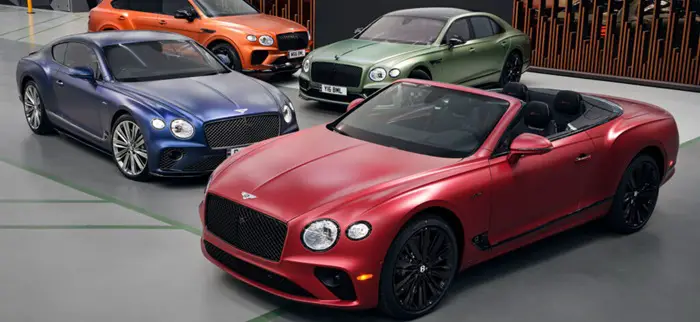
A Few Additional Paint Finishes for Cars, SUVs, and Other Vehicles
So far, we’ve chatted about metallic and pearlescent, but the world of car paint is bigger and more colorful than that.
From glossy to matte, each finish has its own personality and maintenance quirks. Here’s a quick guide to help you understand the other popular options:
1. Glossy (Standard/High-Gloss) Paint
The classic “shiny new car” look. Reflects light beautifully and gives cars that polished, showroom-ready appearance. Easy to clean and generally the most common finish on new cars.
2. Matte Paint
The edgy, modern alternative. Matte finishes have no shine, giving your car a stealthy, aggressive look. Looks incredible but demands careful washing—traditional waxing can ruin it.
3. Non-Metallic (Solid) Paint
Plain and simple, this is your standard, one-color paint without any metallic or pearlescent flakes. Affordable, easy to repair, and classic. Think black, white, or red sedans that never go out of style.
4. Satin / Semi-Matte
Somewhere between glossy and matte, satin finishes have a soft sheen without being overly reflective. They’re subtle, stylish, and less prone to showing minor scratches than full gloss.
5. Candy / Acrylic Paint
A high-end, show-stopping option that looks like your car is wrapped in candy. Usually requires a metallic base with multiple translucent color coats on top. Stunning but expensive and tricky to maintain.
6. Chrome / Mirror Finish
The ultimate bling for car enthusiasts. Highly reflective, almost like a mirror, but impractical for everyday use—think show cars or promotional vehicles.
7. Chameleon / Color-Shift Paint
Advanced paint that changes color depending on the angle and light. Similar to pearlescent but often more dramatic.
Perfect for high-end sports cars or those who want their car to literally steal the spotlight.
Common Mistakes to Avoid in Choosing and Maintaining Your Car Paint
Even the savviest car owners can stumble when it comes to paint.
Whether it’s choosing the wrong finish or accidentally ruining that showroom shine, these are the pitfalls you’ll want to dodge.
Here’s what to watch out for so your car always looks its best.
Choosing based on color alone: Think about the car’s design, curves, and how the finish complements them.
Ignoring lighting conditions: Pearlescent can look dull in shade; metallic sparkles everywhere.
Skipping professional application: Especially for pearlescent—one layer out of place can ruin the effect.
Using harsh chemicals: Can dull pearlescent finishes quickly.
Neglecting maintenance: Pearlescent needs gentle care; metallic is forgiving but still benefits from proper washing.
Conclusion – When to Choose Metallic Paint vs Pearl Paint for Your Vehicle?
Choosing the right car paint ultimately comes down to what you want, what you need, and what you’re willing to spend.
If you’re after a unique, show-stopping look and budget isn’t an issue, both pearlescent and metallic paints can completely transform your car from ordinary to extraordinary.
They add depth, shimmer, and a touch of luxury that instantly elevates your ride.
Of course, not every finish is for everyone. Matte paints, for example, look stunning but aren’t the friendliest for home mechanics or daily work cars—they require careful maintenance to keep their signature stealthy look.
On the other end of the spectrum, non-metallic, standard, or solid paints are practical: cost-effective, easy to repair, and resilient against weather, making them perfect for drivers who value durability and simplicity over flair.
So, which should you pick?
Go for metallic if you want sporty or classic styling, easy maintenance, and a budget-friendly shine.
Choose pearlescent if you crave a premium, luxury feel, love subtle visual effects, and don’t mind putting in a bit more care—and money—for that “wow” factor.
Ultimately, the best finish is the one that matches your car, your lifestyle, and the kind of attention you want to turn on the road.

Based in Orem (Utah) John Paterson graduated from Utah Valley University and has begun writing in 2009. He has a large wealth of experience in writing articles related to cars, automotive repair, wheels, cleaning/maintenance, and much more. He has also written instructional articles in a similar niche for a few online publications as well. Currently, he works as a mechanic in his personal garage shop where he loves serving his countrymen from his heart.

